
Cheryl Arkison on a recent episode of The Quilt Show, with host Alex Anderson.
Photo courtesy of The Quilt Show
Appearing on a TV show starts long before the camera start rolling. There is planning, prep, travel, then filming. Then there is post-production and promotion. As a guest on the show you usually only have to worry about the first parts, but those are a lot of work. And it is work you aren’t usually paid for.
This past summer I had the privilege of taping an episode of The Quilt Show. My work with them actually started almost a year before this appearance when the show contacted me. I’d met one of the hosts, Alex Anderson, a few times over the years and met members of the production staff in the promotion of my books.
Once booked, the first step was a series of interviews with producers to sort out both logistics and content. Next came prep. The easy part was picking quilts for set decoration. After that, I needed to prep for two teaching segments.
There is no stopping to prep, press, or waiting for glue to dry while filming. As a guest, you need your work to flow from one step to the next. Ever notice that cooking shows have things in various stages of completion? You have to focus on the important steps to getting the work done. Step-outs are the completed bit of work for each step that you want to demo. Some things you will show—how to sew a certain type of seam, make a specific fold, knit a stitch—and others you will simply mention between steps.
Step-outs ready, quilts packed, outfit clean, I made my way to Denver (from Calgary) to film. Once on set, things moved quickly. I worked with the hosts and crew to review what I wanted to do. They planned their camera angles and notes. I made sure everything was in order and that there was no lipstick on my teeth. Then we shot. Filming goes fast—way faster than you think. There was a live audience in my case, something I love. It’s always great to play to a crowd.
All in all, prep and filming was a few days of work for me, not including the travel. In my case, some of my travel expenses were covered but not all. And I was not paid for my time. I made the decision to go based on the marketing potential of appearing on the show. The Quilt Show has an audience that doesn’t really know my style of quilting or teaching, nor do they know my books. I considered the experience a marketing investment, pure and simple.
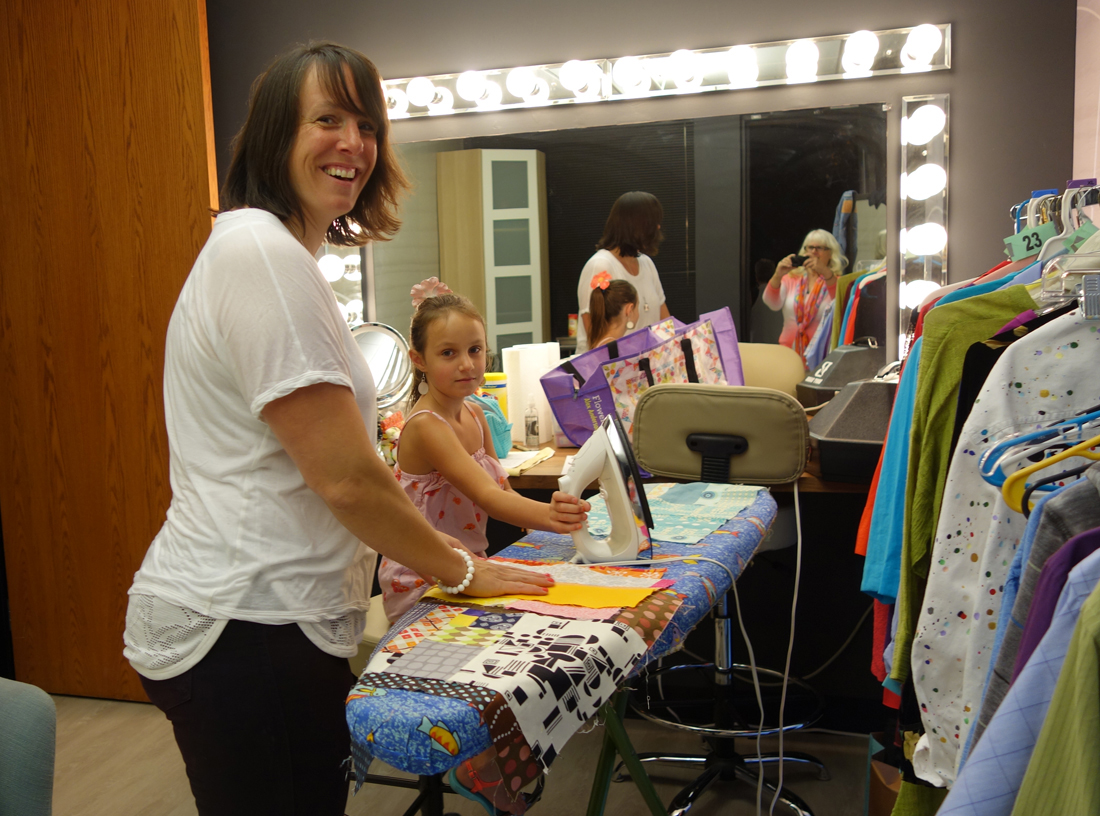
Cheryl Arkison with her assistant prepping stepouts prior to filming.
Photo courtesy of The Quilt Show
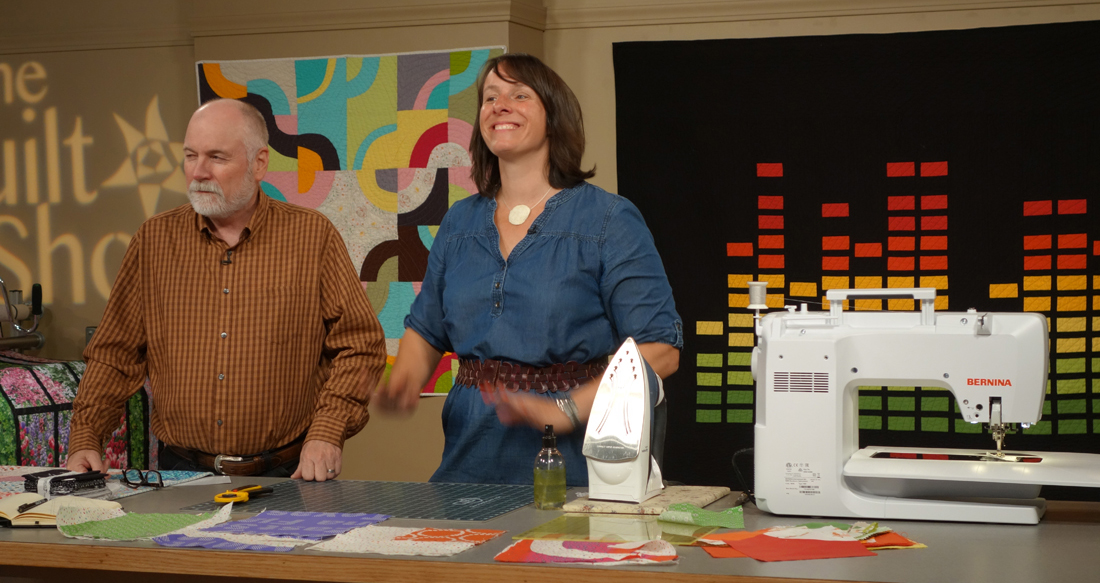
Cheryl Arkison with The Quilt Show host Ricky Tims.
Photo courtesy of The Quilt Show
Everyone has to make the choice personally. Amy Tangerine recently appeared on an episode of Scrapbook Soup, hosted by Julie Fei-Fan Balzer. Tangerine has appeared on national TV, smaller local news channels, and TBS and HSN. Being no stranger to the camera, she was happy to appear on the online and TV show when Scrapbook Soup asked. “I showcased my ideas and some of my products. I thought it was wonderful. Julie and the entire crew are incredibly professional and welcoming. It was really cool to see the way the production worked and all the behind the scenes.”
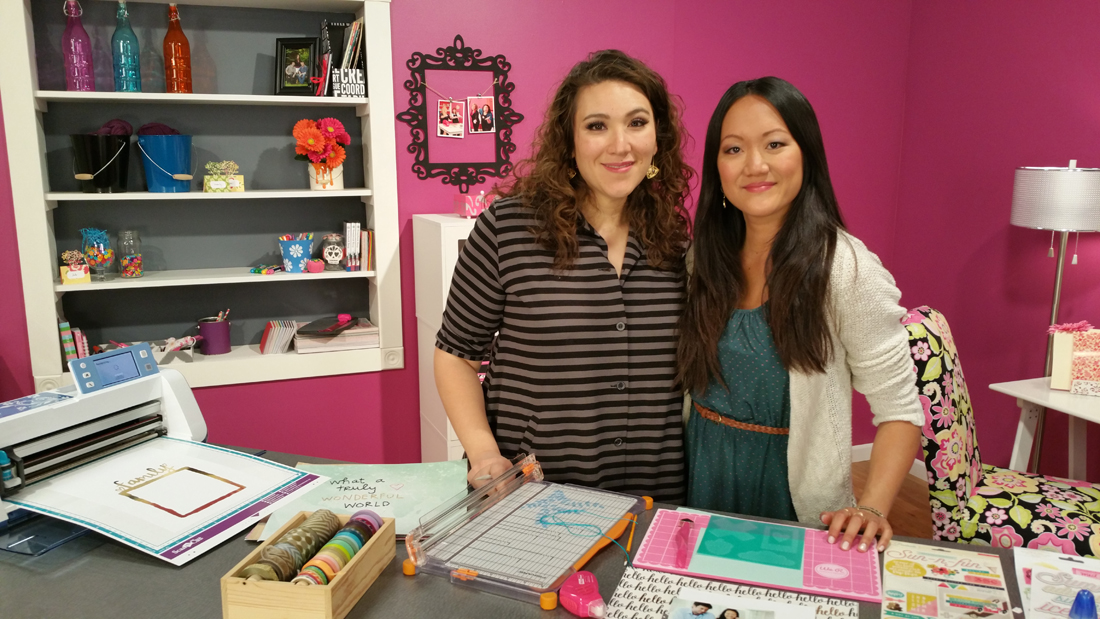
Amy Tangerine on the set of Scrapbook Soup.
Photo courtesy of Scrapbook Soup
Tangerine is a creative designer, having done everything from design clothes to scrapbooking lines. She has a successful You Tube channel and delivers a variety of online classes. Because of a collaboration with American Crafts, Tangerine did not have to pay entirely out of pocket to appear on the show.
Will you have to pay? It really depends on the show. Some shows have underwriters—not sponsors, per se, but companies or organizations who exchange funding for announcements on public broadcasting shows. This helps shows bring in both staff and guests. Whether you are expected to pay for any of your expenses (likely travel) is dependent on the show. Underwriters may also partner with shows to have their products showcased during filming or, at the very least, be used on set in segments. For craft shows, this can mean that supplies like paper and fabric or tools are provided by companies for guests to use.
Regardless of whether you pay all, part, or none of your expenses, you absolutely need to determine the potential benefits and risks of appearing on a show. The number one reason to appear is marketing: promoting yourself, a product, or a program. But don’t give too much away. If you teach a very specific technique and by being on the show you’ve made it available for the world, will anyone want to hire you? Pick an aspect of it or one specific example to demo, and make it clear that it isn’t all you do.
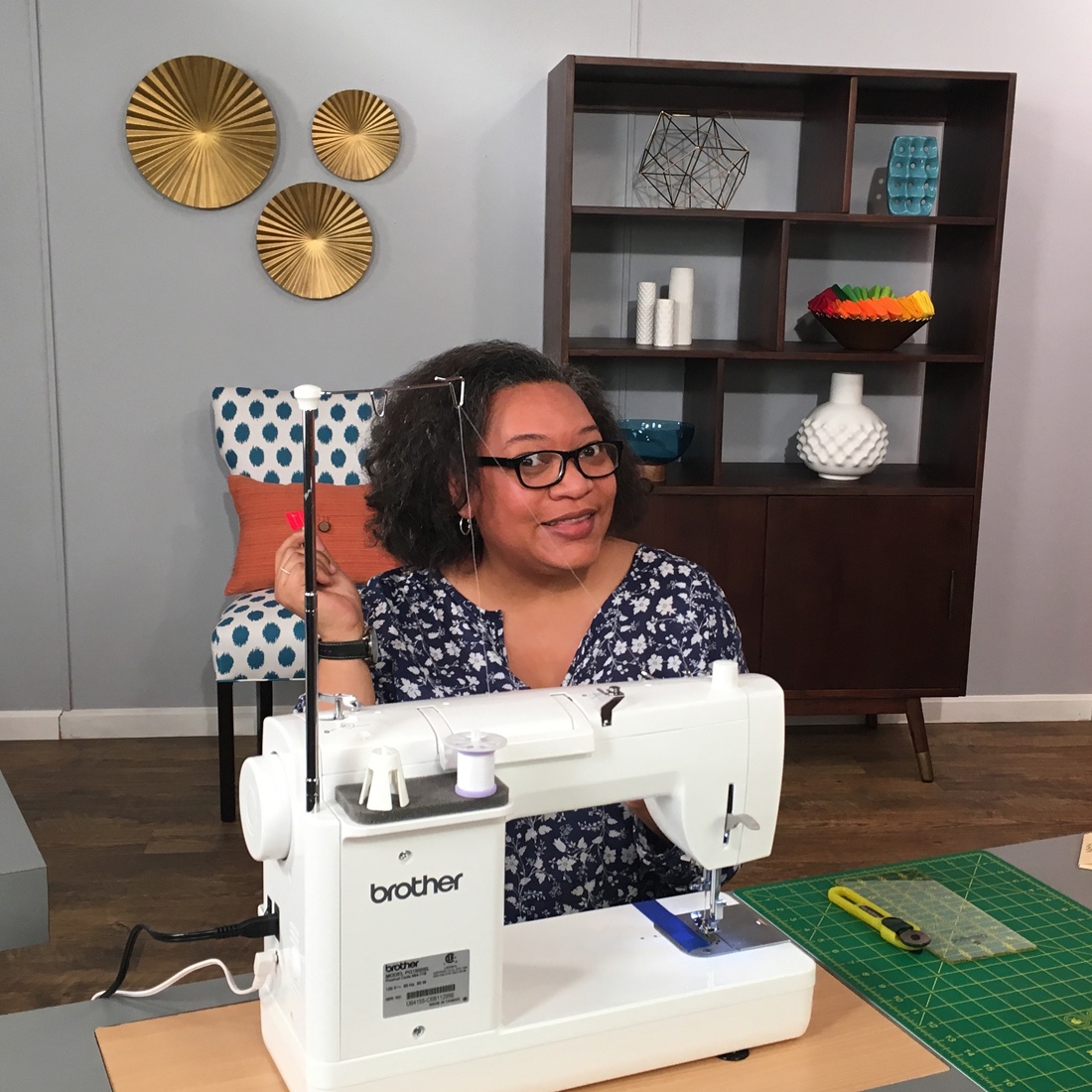
Chawne Kimber on the set of Fresh Quilting.
Photo courtesy of Fresh Quilting

Latifah Saafir on the set of Fresh Quilting.
Photo courtesy of Fresh Quilting
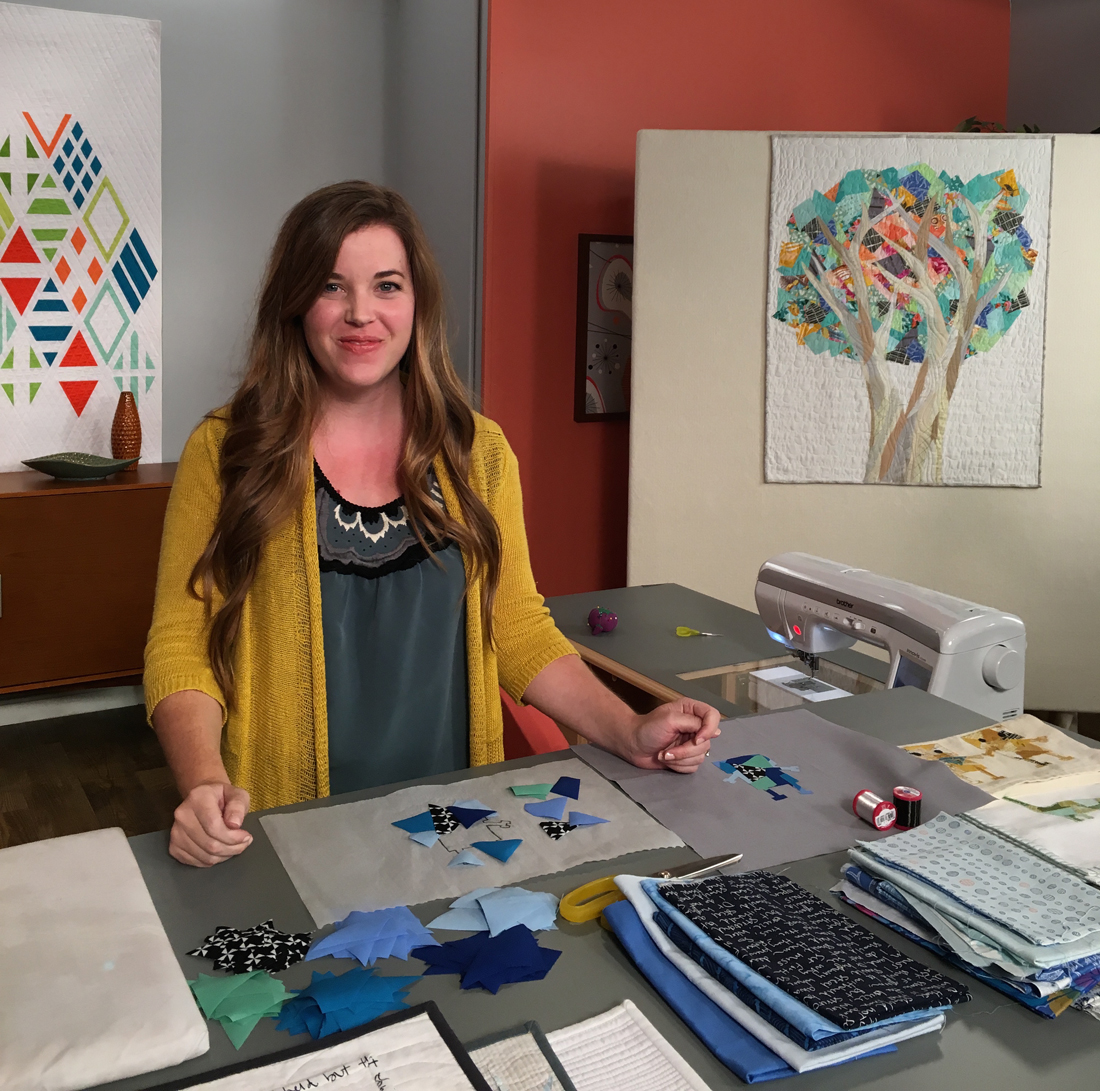
Shannon Brinkley on the set of Fresh Quilting.
Photo courtesy of Fresh Quilting
How do you get on a show? It sure isn’t by about hanging around and waiting for producers to call. Research your industry. Search through You Tube and Vimeo channels. Ask colleagues, check your local PBS listings, investigate other teachers to see what they put in their bios about appearances. Then do not hesitate to contact shows yourself. Like any other talk show on TV, they are always looking for content. “Don’t be afraid to put yourself out there — show off your work and talents. Spread good ideas on multiple platforms and channels,” says Tangerine.
Heather Grant, from the Modern Quilt Guild and behind the upcoming show Fresh Quilting, echoes these comments: “For television, we are looking for professional, upbeat people, so we turn to those people, as we have information (from surveys, feedback, etc.) about their effectiveness, friendliness, design skills, and teaching skills. Since there’s no host, we also love an enthusiastic, friendly demeanor as well.”
The Quilt Show has aired my episode now. While I can’t say if my book sales have increased until I get royalty statements, I’ve noticed an increase in Amazon reviews, teaching requests, and email newsletter subscribers. I do think the expense and effort of going on the show will pay off for me. It’s a personal choice, but a fun one too.
TV isn’t for everyone. It can be nerve wracking, but it is also a lot of fun. The bright lights are indeed a thing, but if you can stand up in front of a classroom you can stand up in front of a camera. It helps that no one knows your stuff more than you do. Tangerine says it best: “It’s fast paced, but a really fun experience. It’s natural to be a little nervous, but it’s also important to relax and smile and just do your best!”
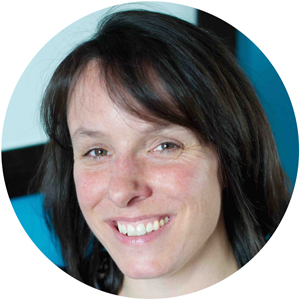
Cheryl Arkison
contributor
Cheryl is a quilter, writer, and teacher. She has a series on online classes (with Craftsy and Creative Live) and has zero problems being in front of the camera.

On a smaller scale, but I appeared on a local afternoon talk show last month for a craft segment. I completely agree with your comment about the time on camera flying by. It’s funny to look back at the amount of time it took for me to prepare in relation to the time spent actually filming, but I also considered it a marketing investment. It was fun to step outside my comfort zone, and I’m looking forward to my next segment in February!
Thank you for sharing! I am interested in appearing on TV and online platforms so this is timely information. I will be doing my research to contact relevant venues.
Great article Cheryl! I think I saw you briefly on that set 🙂